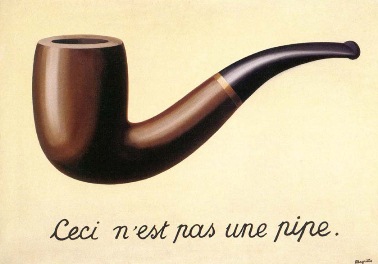- Diagram and define the layers of a neural network, introducing the concept of a “convolutional layer”.
- Distinguish between a “feature vector” (aka logits) and the last layer (aka softmax probabilities) of a classification network.
- Understand the process of “transfer learning”.
- Learn about k-nearest neighbors algorithm (k-NN).
- Learn to save a trained model for re-use later.
- Teachable Machine Website
- Teachable Machine 2.0: Making AI easier for everyone from Google.
- Image + Teachable Machine Reference from ml5.js Documentation.
- Teachable Machine Community Repo
- ml5.soundClassifer Reference
- ml5.featureExtractor Archived Reference
- ml5.KNNClassifier Archived Reference
- Image Classification with Teachable Machine and ml5.js
- Sound Classification with Teachable Machine and ml5.js
- Sound Classification - Speech Commands
- Webcam Image Classification with Teachable Machine Demo hosted on GitHub. [ Source Code ]
- Getting Alexa to Respond to Sign Language Using Your Webcam and TensorFlow.js by Abhishek Singh. [ Live Demo ]
- Project Euphonia from Google.
- Objectifier Spatial Programming by Bjørn Karmann.
- Webcam Pacman by Google’s TensorFlow.js Team.
- Pong ML by Alejandro Matamala Ortiz.
- Teachable Snake by Vince MingPu Shao.
- Teachable Arcade by Ryan Flomerfelt Mather.
- Tiny Sorter by Google Creative Lab.
- Eyeo Festival 2019 - Coding Train with Daniel Shiffman. [ GitHub Repo ]
- Regression Curve by Joohyun Park.
- Asemic Writing Teachable Machine by Jillian Zhong.
- Local Development and Hosting Resources Wiki Page by Jack B. Du.
- But what is a Neural Network? by 3Blue1Brown.
- How to Build a Teachable Machine with TensorFlow.js by Nikhil Thorat.
Note: ml5.js tutorials below were taught using an older version of ml5.js, refer to the ml5.js Resources Wiki page for more information.
- Teachable Machine video tutorials from Experiments with Google.
- Teachable Machine video tutorials by Daniel Shiffman.
- ml5.js: Transfer Learning with Feature Extractor - video tutorial by Daniel Shiffman.
- ml5.js: Feature Extractor Classification - video tutorial by Daniel Shiffman.
- ml5.js: Feature Extractor Regression - video tutorial by Daniel Shiffman.
- ml5.js: Save/Load Model - video tutorial by Daniel Shiffman.
- ml5.js: KNN Classification Part 1 by Daniel Shiffman.
- ml5.js: KNN Classification Part 2 by Daniel Shiffman.
- ml5.js: KNN Classification Part 3 by Daniel Shiffman.
- Hosting a p5.js sketch with GitHub Pages - video tutorial by Daniel Shiffman.
- Read Excavating AI: The Politics of Images in Machine Learning Training Sets by Kate Crawford and Trevor Paglen. Consider the following excerpt from the conclusion:
The artist René Magritte completed a painting of a pipe and coupled it with the words “Ceci n’est pas une pipe.” Magritte called the painting La trahison des images, “The Treachery of Images.”
Magritte’s assumption was almost diametrically opposed: that images in and of themselves have, at best, a very unstable relationship to the things seem to represent, one that can be sculpted by whoever has the power to say what a particular image means. For Magritte, the meaning of images is relational, open to contestation. At first blush, Magritte’s painting might seem like a simple semiotic stunt, but the underlying dynamic Magritte underlines in the painting points to a much broader politics of representation and self-representation.
Reflect on the relationship between labels and images in a machine learning image classification dataset. Who has the power to label images and how do those labels and machine learning models trained on them impact society?
-
Train your own image classifier using Teachable Machine and apply the model to an interactive p5.js sketch. Feel free to try sound instead of or in addition to images.
-
Document your reading reflections and your coding exercise in a blog post and add a link to the post and your p5 sketch on the Assignment 2 Wiki page. In your blog post, include visual documentation such as a recorded screen capture / video / GIFs of training the model and working in p5. You may include both in one post or write two separate posts if you prefer.
